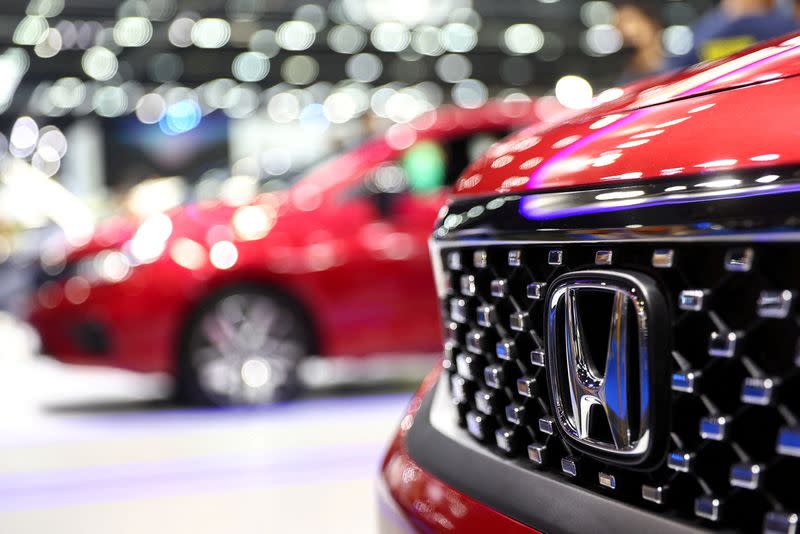India’s Narendra Modi-led government has been quietly barring domestic military drone-makers from using China-made components, defence and industry officials revealed.
The move was spurred by worries that intelligence-gathering through military drones could be compromised by Chinese-made parts in communication functions, cameras, radio transmission and operating software, the officials said.
At two meetings in February and March to discuss drone tenders, Indian military officials told potential bidders that equipment or subcomponents from “countries sharing land borders with India will not be acceptable for security reasons”, minutes of the meetings showed.
Also on AF: India Import Curbs on Tech Aimed at China, Officials Admit
Another tender document said such subsystems had “security loopholes” that compromised critical military data, and called for vendors to disclose components’ origin.
The reference to neighbouring countries was a euphemism for China, a senior defence official said.
The Indian industry had become dependent on the world’s second-largest economy despite concern about cyberattacks, he added.
Costs racking up
While defence experts have hailed the move, government and industry experts note that the ban on China-made components has raised the cost of making military drones locally.
Sameer Joshi, founder of Bengaluru-based NewSpace Research and Technologies, a supplier of small drones for India’s military, said 70% of goods in the supply chain were made in China.
“So if I talk to, let’s say, a Polish guy, he still has his components which are coming via China,” he said.
Switching to a non-Chinese pipeline pushed up costs dramatically, Joshi said. Some manufacturers were still importing material from China but would “white-label it, and kind of keep the costs within that frame,” he added.
Meanwhile, the senior defence official said India would need to accept higher costs to boost domestic manufacturing.
“If today I buy equipment from China but I say I want to make it in India, the cost will go up 50%,” he said. “We as a nation need to be ready to help the ecosystem build here.”
Budding sector
India’s ban on Chinese parts comes amid long-standing tensions between the nuclear-armed neighbours whose forces have clashed several times along their disputed border in recent years.
Modi has sought to build India’s drone capability to thwart perceived threats, including from China.
Those ambitions are part of New Delhi’s planned military modernisation that envisages greater use of unmanned ‘quad-copters’, long-endurance systems and other autonomous platforms.
The Modi-government has set aside 1.6 trillion rupees ($19.77 billion) for military modernisation in 2023-24. Of that, 75% is reserved for domestic industry.
But as the nascent Indian industry looks to meet the military’s needs, it faces a severe lack of the know-how to make certain types of drones.
The industry, at present, relies on foreign manufacturers for both parts and entire systems for drones.
Tech gaps bite
A government-funded program to produce an indigenous Medium Altitude Long Endurance unmanned system is delayed by at least half a decade, said Y Dilip, director of the state-run Aeronautical Development Establishment (ADE).
The platform, called Tapas, has met most requirements but needs further work to fulfil the military’s goal of a drone that can reach an operational altitude of 30,000 feet and remain airborne for 24 hours, Dilip said.
“Primarily we were constrained by the engines,” he said, with neither those built domestically nor international models available to India up to the job.
Apart from Tapas, which is expected to begin military trials this month, ADE is working on a stealth unmanned platform and a High Altitude Long Endurance platform, but both are years away.
VCs shun research
To fill these gaps, India announced in June that it would buy 31 MQ-9 drones from the US for over $3 billion. However, that was after months of bureaucratic red-tape delayed the deal.
In February, finance minister Nirmala Sitharaman also pledged that one-quarter of this year’s 232.6 billion rupees ($2.83 billion) defence research and development budget would be for private industry.
But NewSpace’s Joshi said venture capitalists shun military projects over long lead times and the risk that orders may not eventuate.
RK Narang, a drone expert at the government’s Manohar Parrikar Institute for Defence Studies and Analyses, also noted there was little investment in research and development by India’s big private-sector companies.
“There has to be coherent national strategy to fill the technology gaps” to deliver commercially viable products, he added.
- Reuters, with additional editing by Vishakha Saxena
Also read:
US Says India Could Join Navy Patrols in South China Sea
India to Discourage Foreign Trade Settlement in Chinese Yuan
US, India Partner on Chips, AI and Arms to Take on China
India Turns Down BYD’s $1-Billion EV, Battery Plant Proposal
China’s Xiaomi to Protect Interests After Assets Freeze in India
Chinese to Need Clearance to Join Indian Boards – Economic Times
























